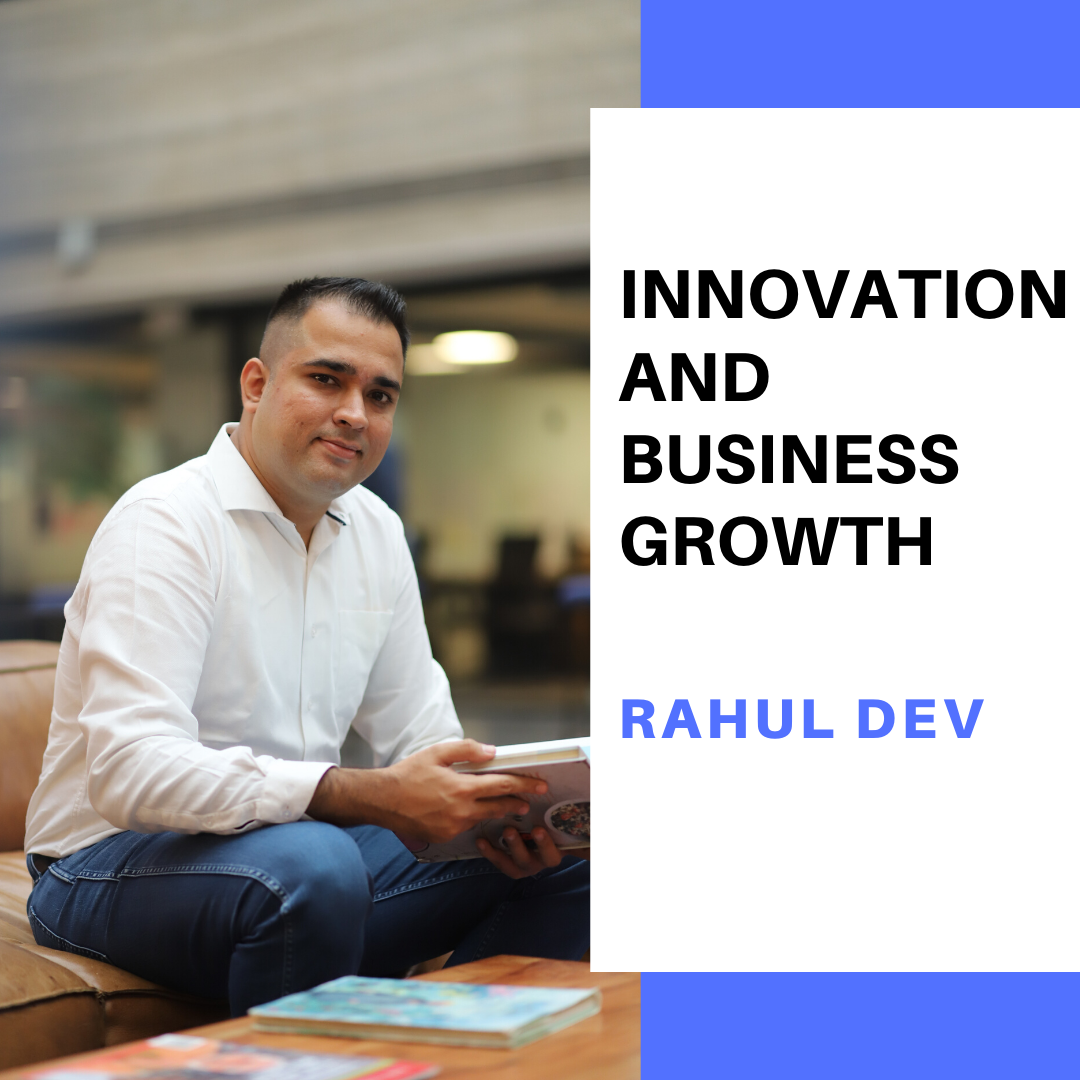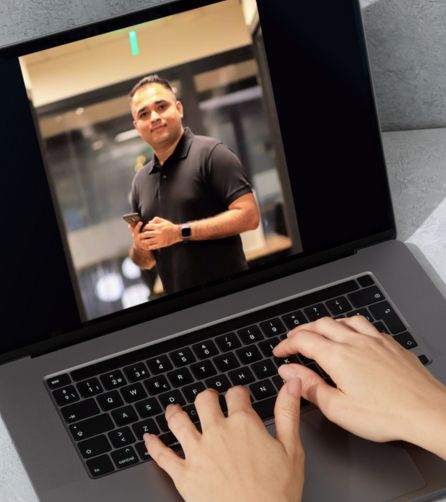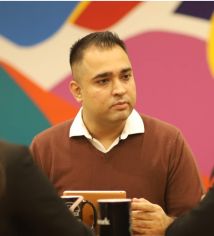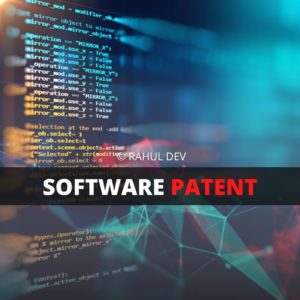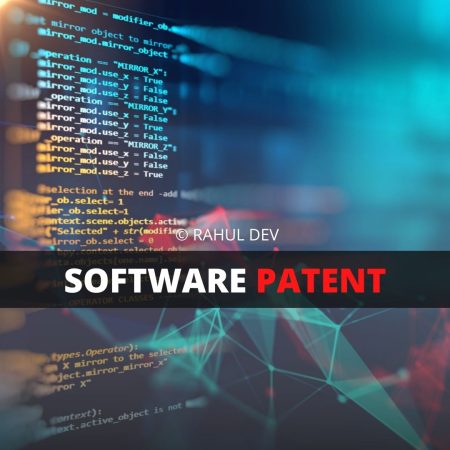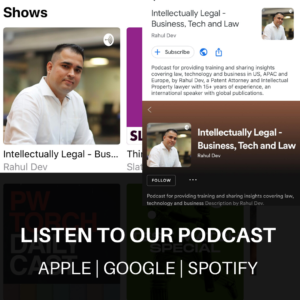Among multiple patent cases in India, few can be put in the category of software patent cases in India, wherein issues pertaining to software patenting in India have been discussed. Some of the important software patent cases are discussed herein below.
1. Electronic Navigation Research Institute Vs Controller General of Patents
IPAB, OA/26/2009/PT/DEL, 5th July, 2013
In this case relating to patent application no. 3624/DELNP/2005 for the invention titled “A CHAOS THEROETICAL EXPONENT VALUE CALCULATION SYSTEM”, the Indian patent office denied the patent on the grounds that said invention falls under the category of mathematical formulae even if it produces a technical effect. The invention in this case claimed a mathematical method for evaluating time series signals.
2. Yahoo v Controller of Patents & Rediffcom India Limited
IPAB, OA/22/2010/PT/CH, 8th December 2011
Section 3(k) of the Indian Patents Act was discussed in this case before the Intellectual Property Appellate Board (IPAB), wherein it the concerned patent application was held non-patentable as being the business method embodied via technology. The order passed by the IPAB in instant case stated that where technical advances are only a manifestation of a core business method, such advances shall not accord any advantage to the patentee in the allowance of the patent. In simple words, business methods disguised as technical subject matter without any innovative aspects cannot be patented in India.
In the case of Yahoo, the patent claims included features of a software tool targeting search terms relevant to Yahoo’s business. Accordingly, the IPAB concluded that the technical advance proposed by Yahoo was simply a method of doing business, even if it was a technically smarter way of doing business and, therefore, cannot be patented in accordance with provisions of Section 3(k) of the patents act.
3. ACCENTURE GLOBAL SERVICE GMBH Vs. THE ASSISTANT CONTROLLER OF PATENTS & DESIGNS
IPAB, OA/22/2009/PT/DEL, 28th December, 2012
This case relates to Indian patent application number 1398/DELNP/2003, which is now a granted patent as patent number 256171, whose present legal status at the patent office database is, “Inforce with Due date of next renewal as 21/02/2017”. This patent application was initially refused for patent registration by patent office under the provisions of Section 3(k) of the Indian patents act.
However, the patent applicant appealed before the IPAB and as per the Controller’s decision, it was held that the instant invention as claimed is not software per se but, a system is claimed which is having the improvement in web services and software. Accordingly, it was held that the invention since not falling in the category of section 3(K), viz software per se, corresponding objection was waived and the patent was granted.
Click Here for AI Startup Valuation Guide.
